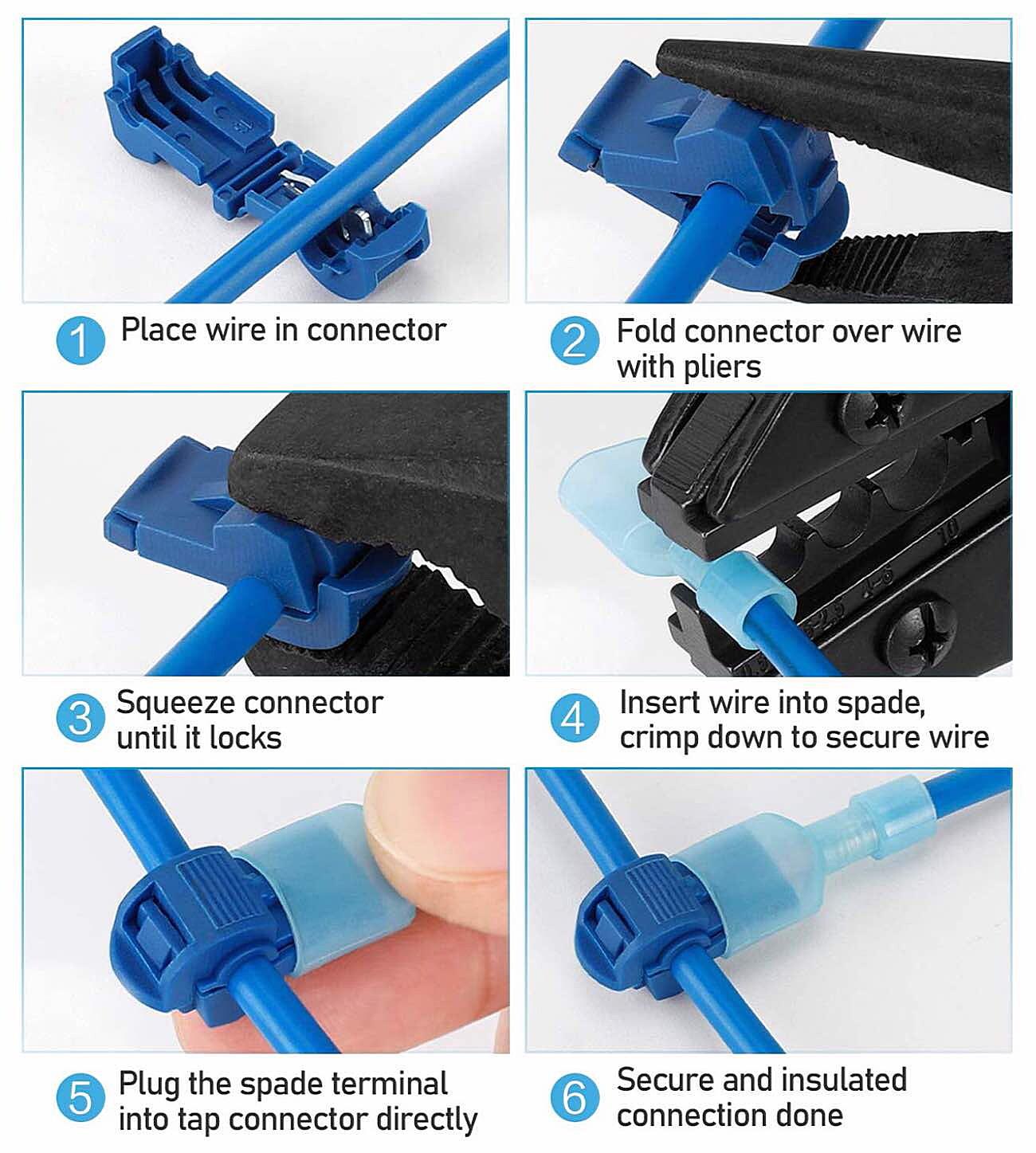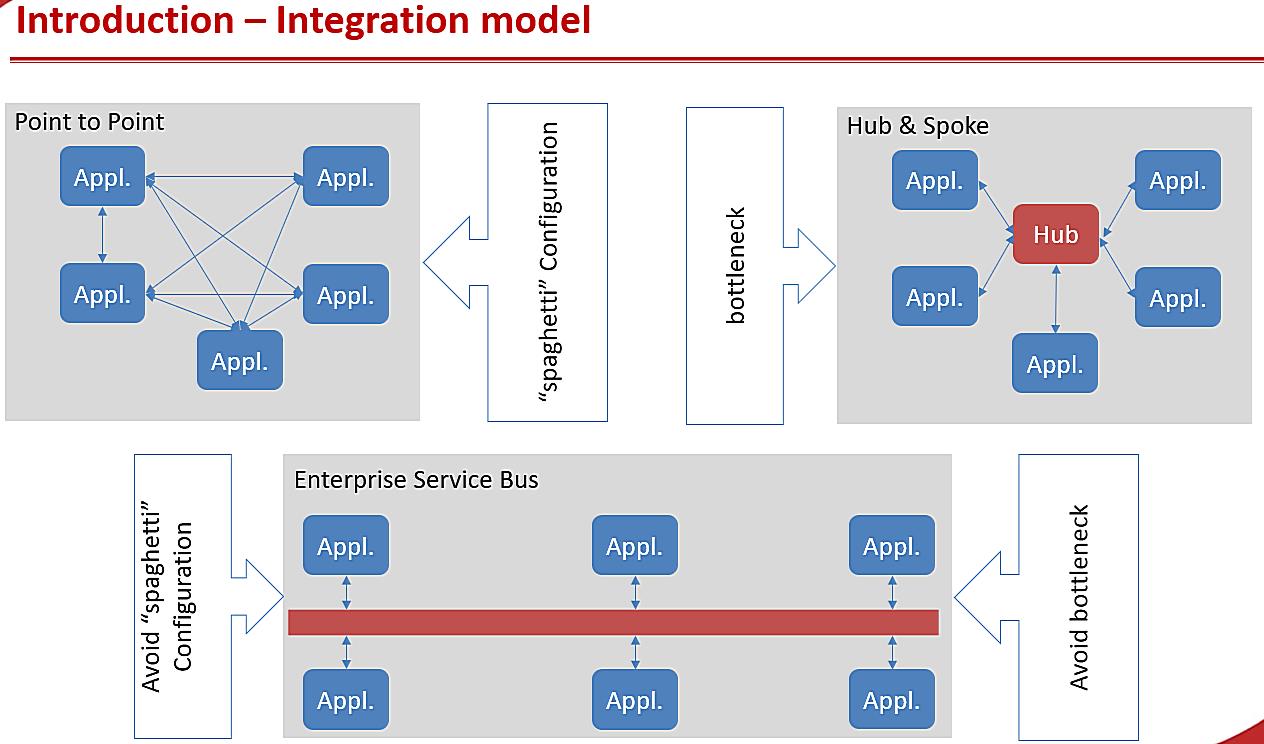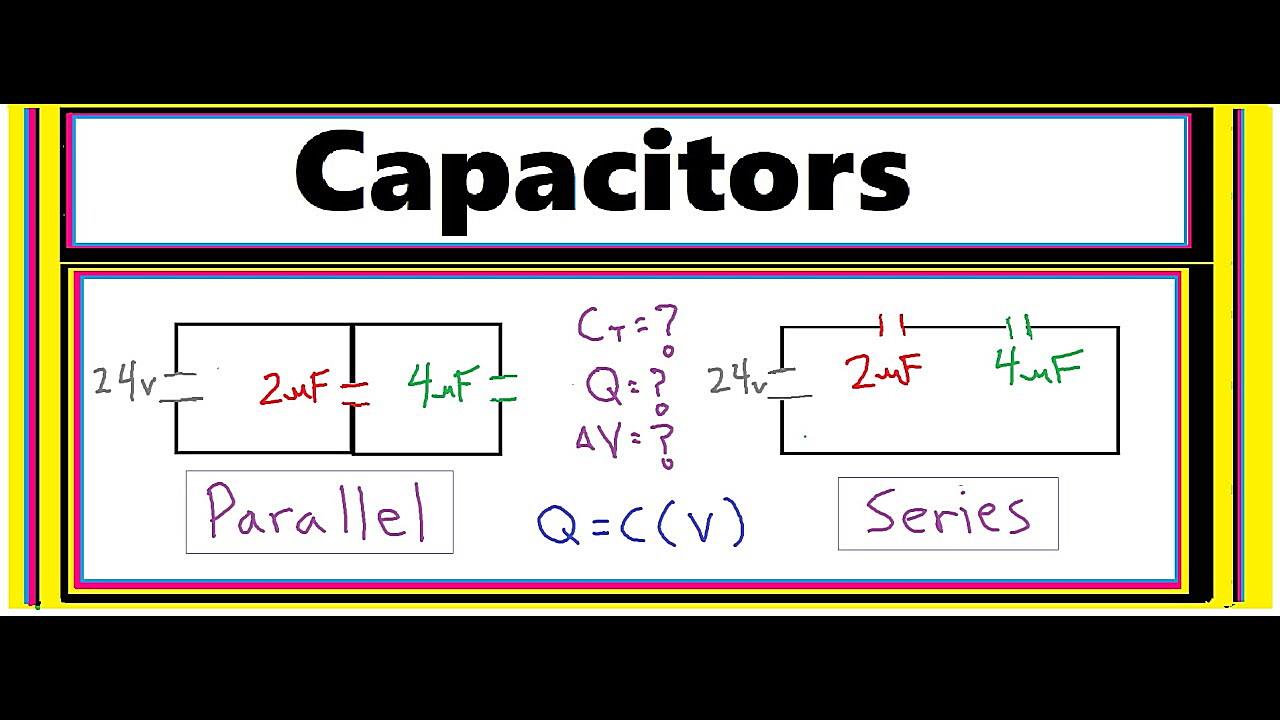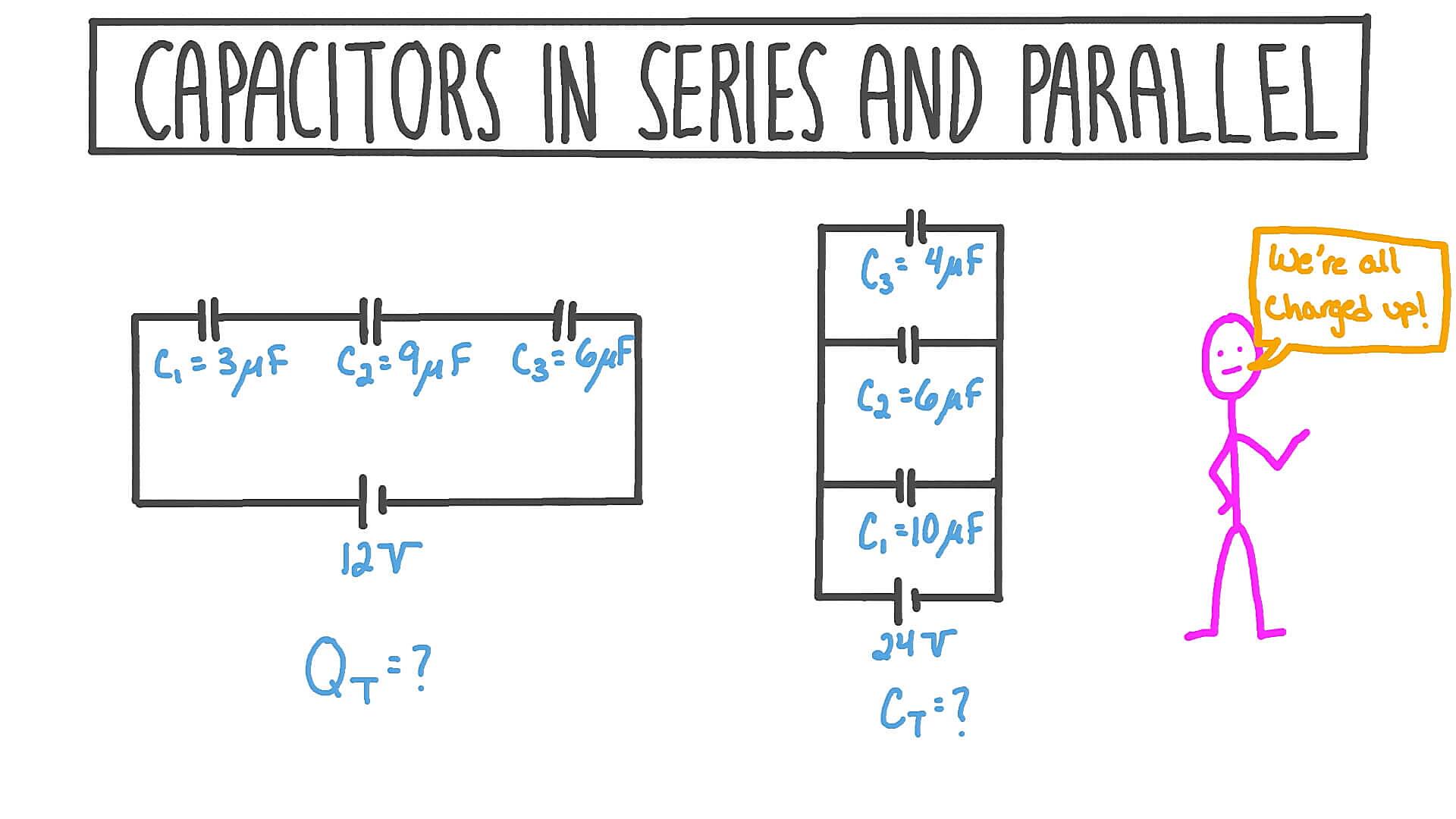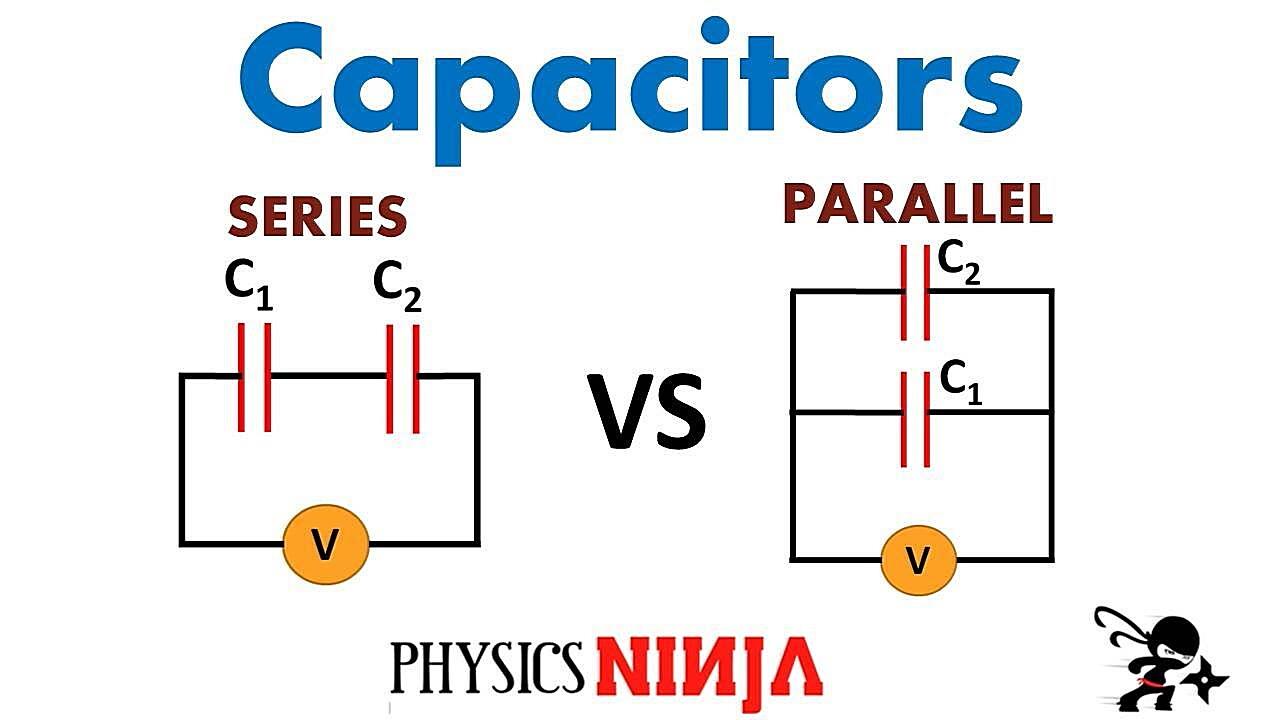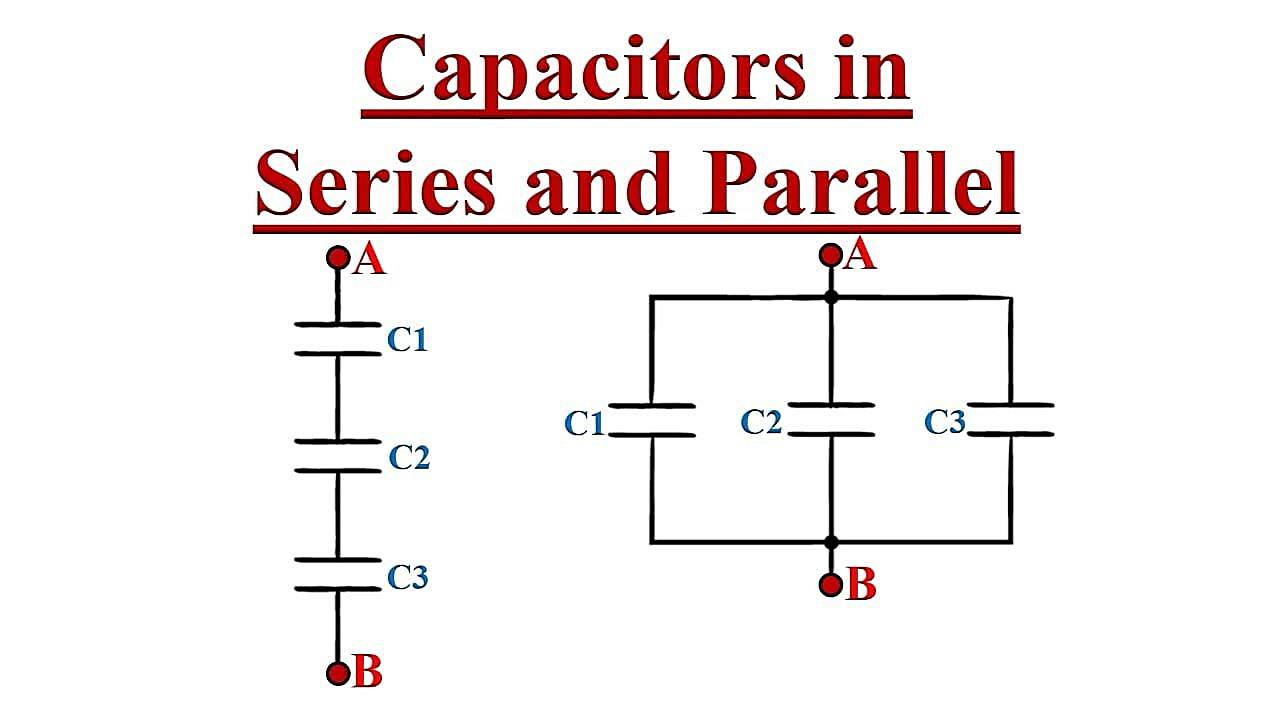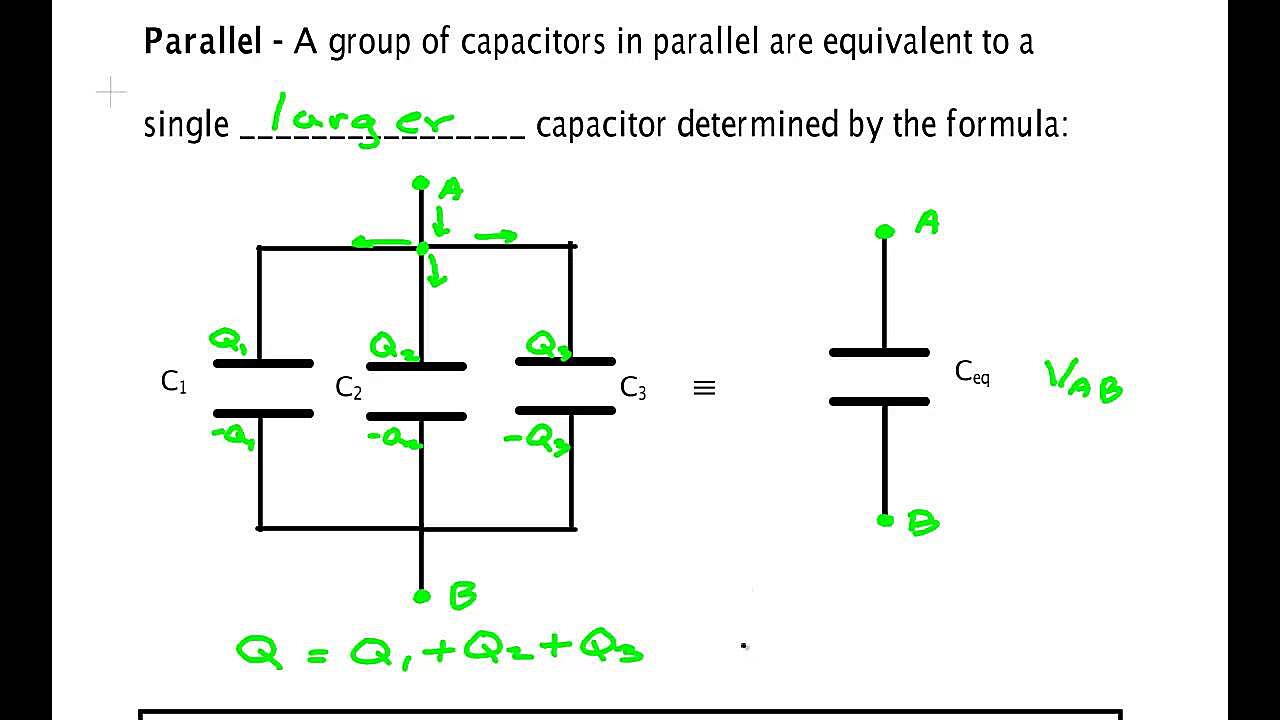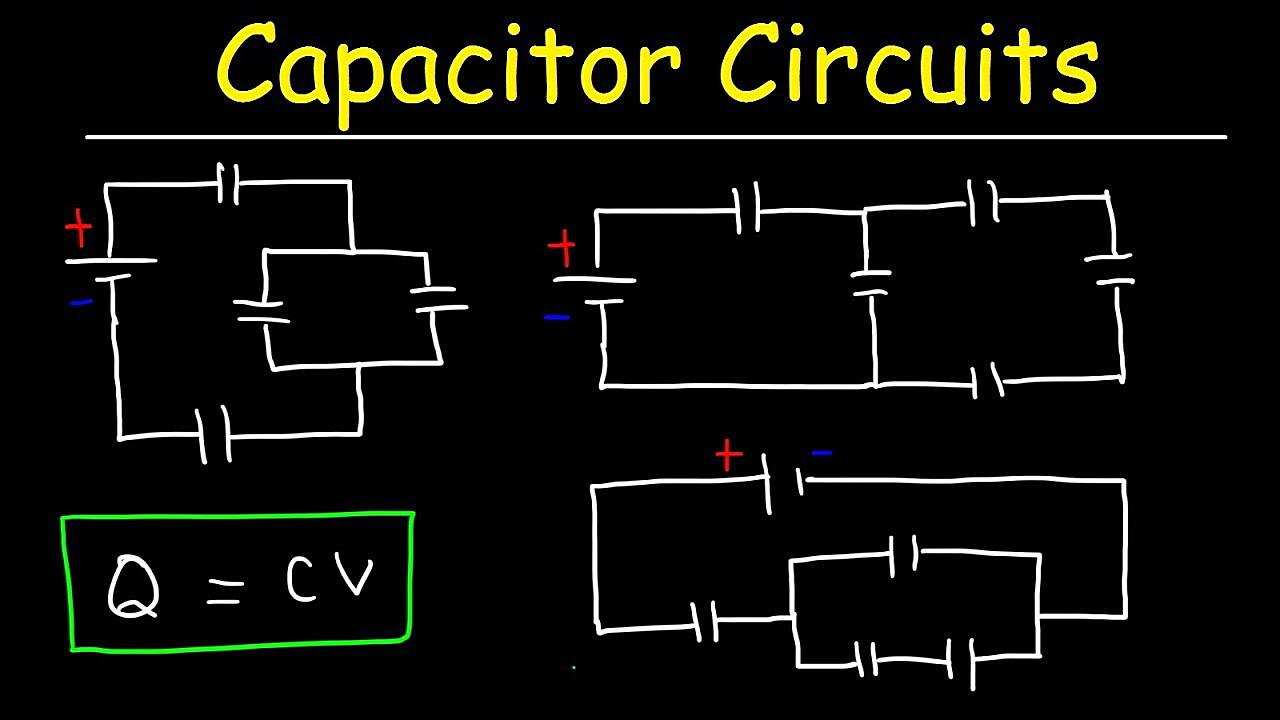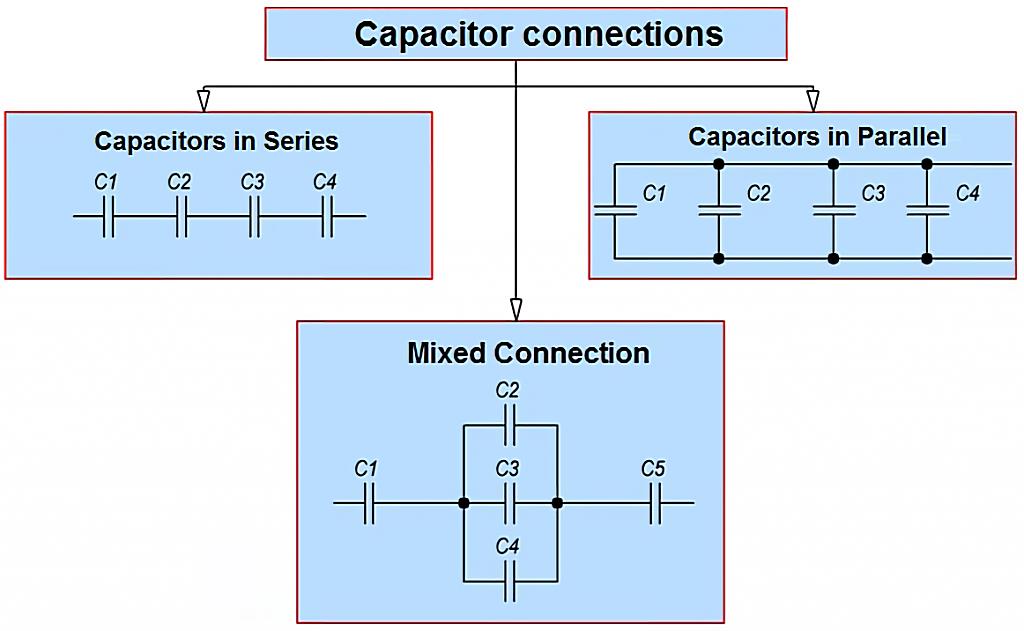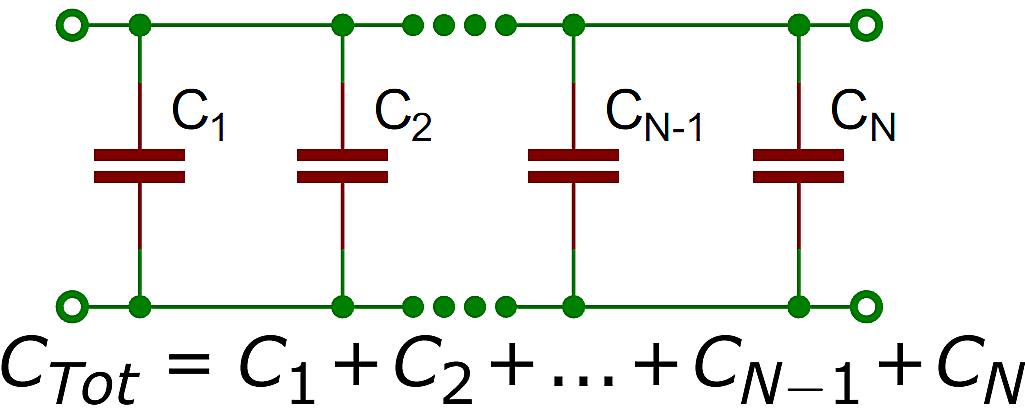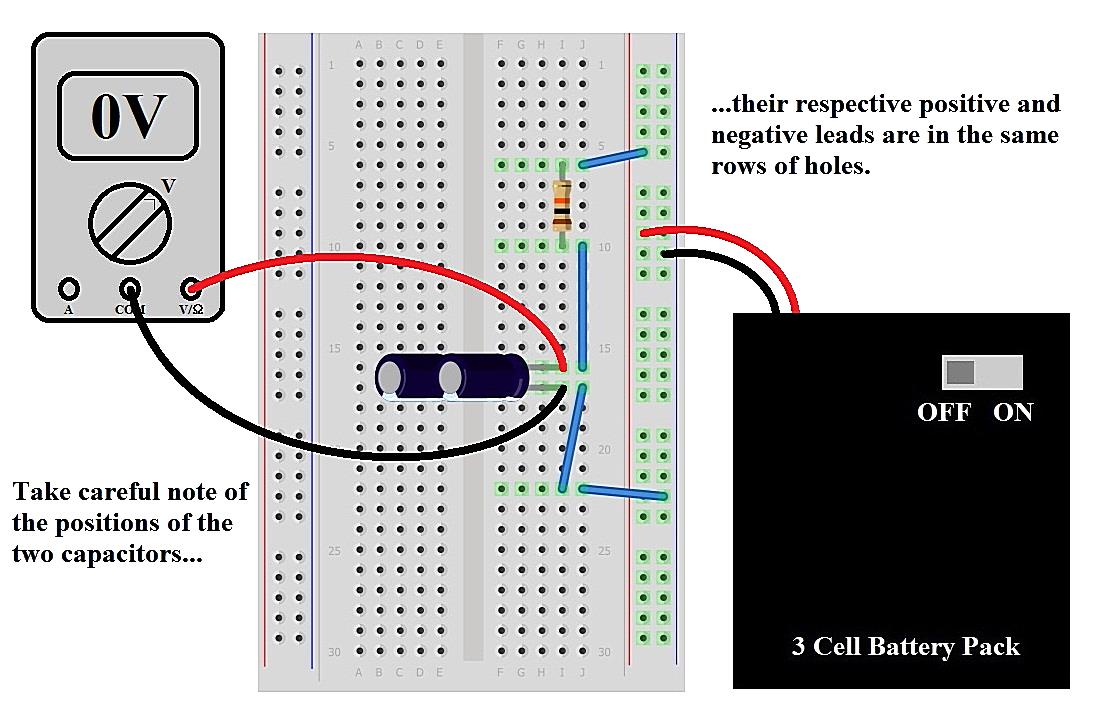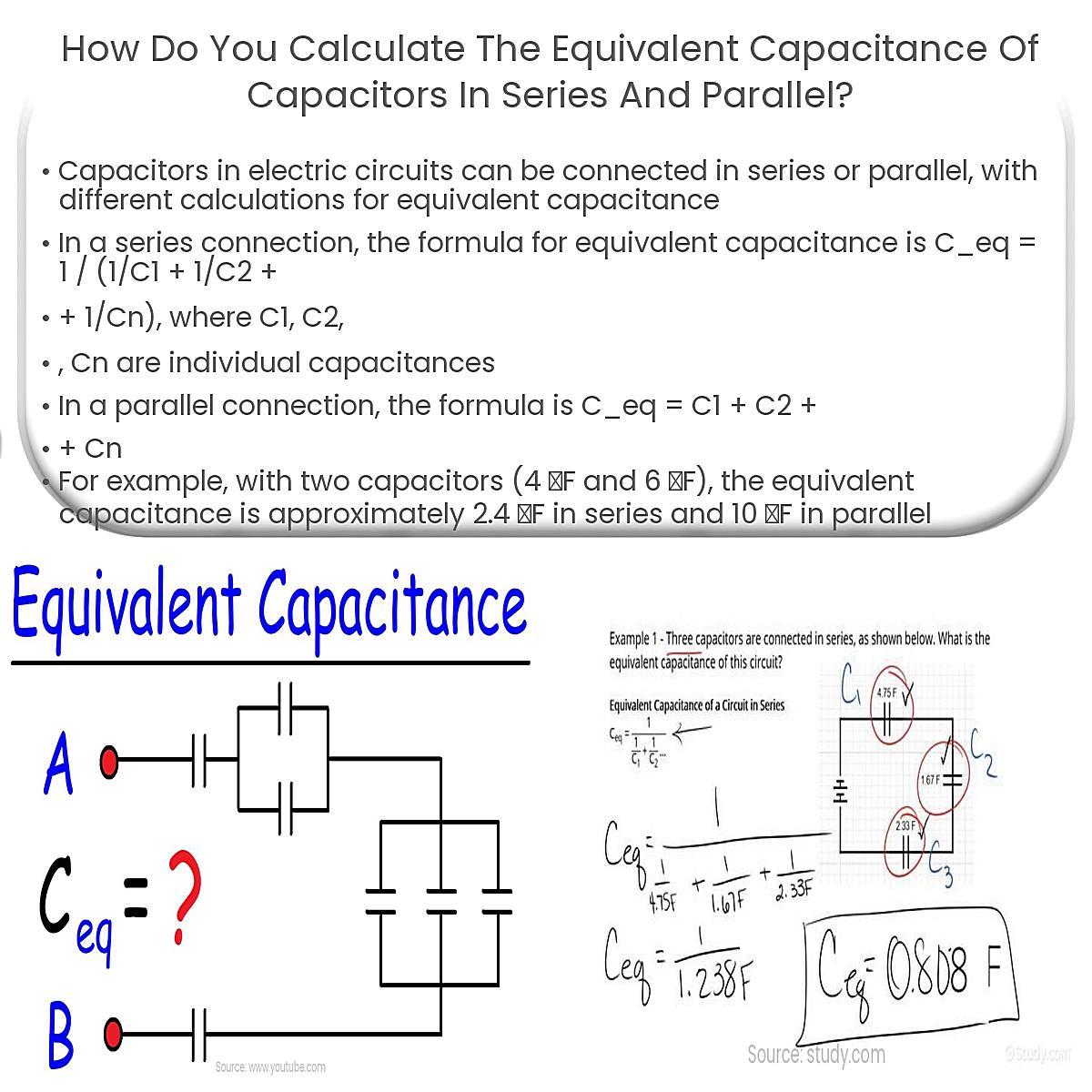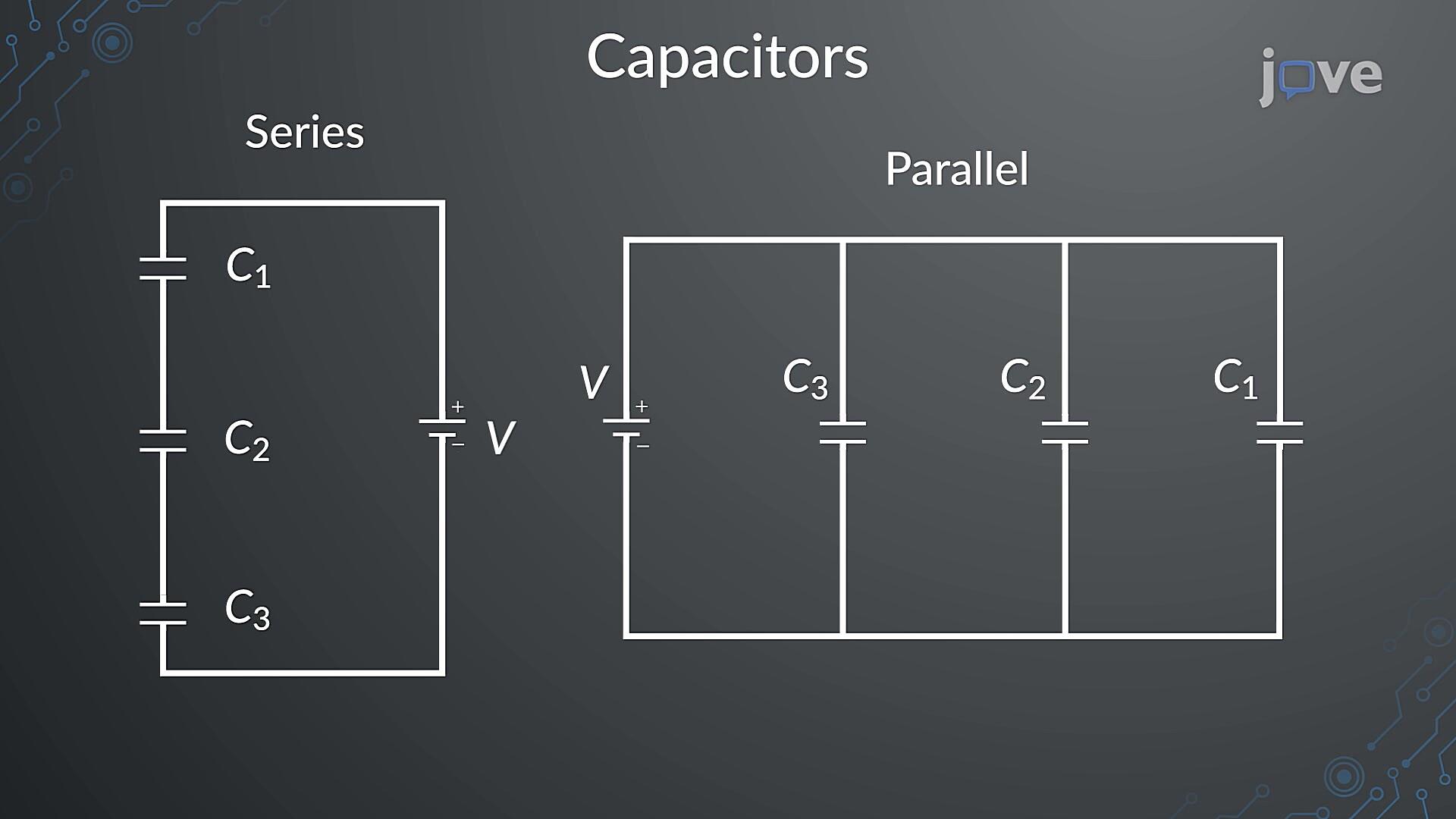You May Also Like :
Understanding Capacitor Connections
1. Unraveling the Basics
Alright, so you’ve got a circuit, and it’s got these little guys called capacitors in it. But how are they hooked up? Are they all lined up nicely, or are they playing a game of connect-the-dots in a more complicated way? Knowing whether capacitors are in series or parallel is crucial for calculating the overall capacitance of the circuit. It’s like knowing whether you’re adding apples to apples or apples to oranges — it makes a difference! Let’s demystify this.
Think of capacitors as tiny rechargeable batteries that store electrical energy. The way they’re connected affects how much total energy the circuit can store. In a series connection, they share the voltage, while in a parallel connection, they share the charge. Understanding these relationships will help you analyze and design circuits more effectively.
It’s not just about knowing what the connection is, but why it matters. Series and parallel configurations change the overall behavior of the circuit. For example, putting capacitors in series decreases the total capacitance, while putting them in parallel increases it. This affects the time constant of the circuit, which dictates how quickly the circuit charges and discharges.
So, buckle up! We’re about to dive into the exciting world of capacitor configurations, and by the end of this, you’ll be able to spot series and parallel connections like a pro. Get ready to flex those circuit-analyzing muscles!
Identifying Series Capacitors
2. Spotting the Lineup
Series capacitors are the easiest to spot, imagine they’re all standing in a line, one after the other. If you can trace a single path from one capacitor to the next, without branching off, you’ve likely got a series connection. It’s like a single lane road with capacitors as toll booths — you have to go through each one to get to the other side.
A key characteristic of series capacitors is that they share the same current. Since there’s only one path for the current to flow, every capacitor in the series sees the same amount. However, the voltage across each capacitor may be different, depending on its capacitance value. Think of it as everyone in the line getting the same amount of water, but each has a different sized cup.
Another way to identify series capacitors is by looking at the circuit diagram. If the positive terminal of one capacitor is directly connected to the negative terminal of the next capacitor, and so on, you’ve got a series connection. No other components should be connected to the wires that join them, only the capacitors themselves. That direct link is your giveaway.
Don’t let more complex looking diagrams throw you off! Just remember to trace the path of the current. If it has to go through each capacitor sequentially without splitting, it’s a series circuit. Just like following a recipe, one step follows directly from the last, without detours or additions.
Unmasking Parallel Capacitors
3. Branching Out
Parallel capacitors, on the other hand, are a bit more social. They’re all connected to the same two points in the circuit, forming multiple paths for the current to flow. Think of it as a fork in the road, with each path leading to a capacitor. The current has a choice of which capacitor to “visit” first.
The key characteristic of parallel capacitors is that they all have the same voltage across them. Since they’re connected to the same two points, the potential difference is the same for each. However, the current through each capacitor may be different, depending on its capacitance value. It’s like everyone sharing a cake — everyone gets the same slice height (voltage), but some slices might be wider (current).
To identify parallel capacitors, look for multiple branches connecting to the same two nodes in the circuit. Each branch should contain a capacitor, and there should be no other components in those branches (at least not between the capacitors and the shared nodes). They share the same starting and ending points.
When looking at a circuit diagram, imagine connecting all the positive terminals of the capacitors together, and all the negative terminals together. If you can do that without disconnecting anything else, you’ve got a parallel connection. They’re like friends holding hands in a circle — they’re all connected at the same points, sharing the experience.
Practical Examples
4. Let’s Get Real
Okay, enough theory! Let’s look at some actual circuit diagrams. Imagine a simple circuit with a voltage source and two capacitors. If the positive terminal of the voltage source is connected to one end of capacitor C1, and the other end of C1 is connected to one end of capacitor C2, and finally, the other end of C2 is connected to the negative terminal of the voltage source, then C1 and C2 are in series. There’s only one path for the current to flow.
Now, imagine another circuit with a voltage source and two capacitors. If the positive terminal of the voltage source is connected to one end of both C1 and C2, and the negative terminal of the voltage source is connected to the other ends of both C1 and C2, then C1 and C2 are in parallel. The current has two paths to choose from. This is a fundamental distinction.
Consider a more complex circuit with multiple capacitors and resistors. To identify the series and parallel connections, trace the path of the current. Start at a voltage source or a point where the current enters the circuit. Follow the path and see if it splits into multiple branches (parallel) or continues along a single path (series). Remember to isolate the capacitors you are analysing by seeing if other components are in their path.
Don’t be afraid to simplify the circuit diagram if needed. You can redraw the circuit to make the connections more clear. This is especially helpful when dealing with complex circuits with multiple components. Sometimes, a different perspective can make all the difference. Also, practice makes perfect. The more circuits you analyze, the better you’ll become at spotting series and parallel connections.
Why Does It Matter? Calculating Equivalent Capacitance
5. The Grand Finale
So, why all the fuss about identifying series and parallel capacitors? Well, knowing the type of connection is essential for calculating the equivalent capacitance of the circuit. The equivalent capacitance is the total capacitance of all the capacitors combined, as seen by the voltage source. This value is crucial for understanding the overall behavior of the circuit.
For series capacitors, the equivalent capacitance is calculated using the following formula: 1/Ceq = 1/C1 + 1/C2 + 1/C3 + … . This means that the reciprocal of the equivalent capacitance is equal to the sum of the reciprocals of the individual capacitances. This can sound daunting, but is just a bit of arithmetic.
For parallel capacitors, the equivalent capacitance is simply the sum of the individual capacitances: Ceq = C1 + C2 + C3 + … . This is much easier to calculate! It’s like adding up the capacity of several buckets to find the total capacity of the system. Easy peasy!
The equivalent capacitance is used in many circuit calculations, such as determining the time constant of an RC circuit (a circuit with a resistor and a capacitor). The time constant determines how quickly the capacitor charges and discharges. Knowing the equivalent capacitance allows you to predict the circuit’s response to different inputs. This, at the core, is why electrical engineers are so obsessed with series and parallel connection!

